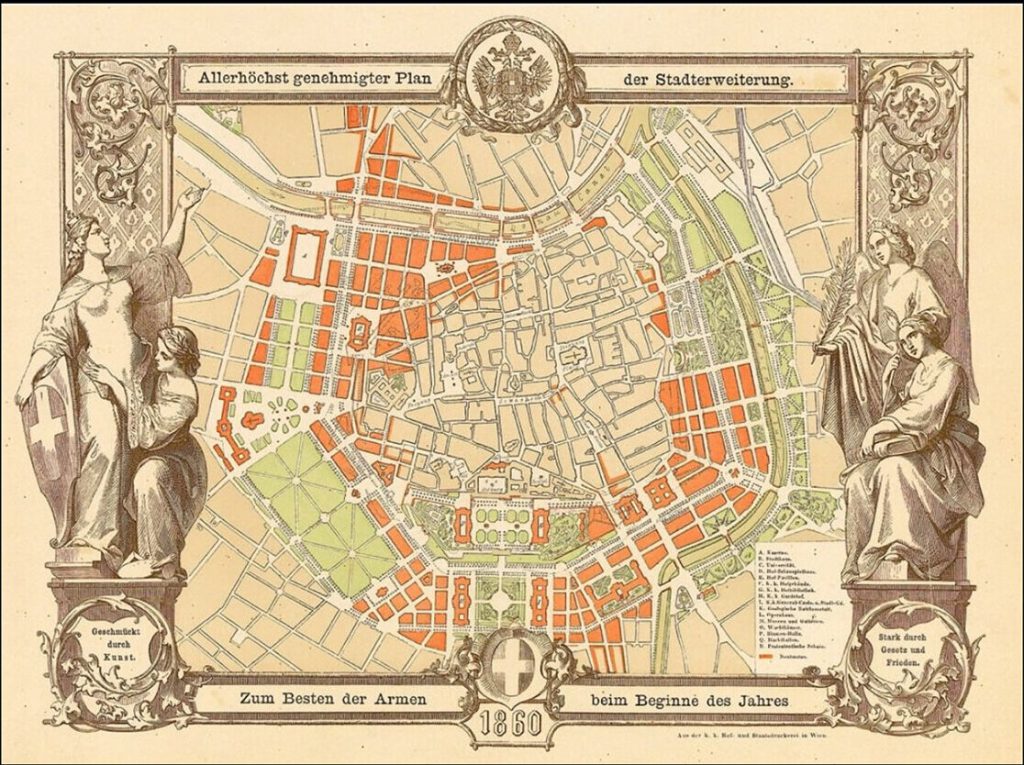
First published here in 2017.
“In Berlin, things are serious but not hopeless. In Vienna, they are hopeless but not serious.”
— Karl Kraus
Uneasy obsessions with sensuality, elegance, and manners; a growing sense of its own decay, mortality, and irrelevance; a recognition of the power of irrationality — all of these characterize fin de siècle Vienna. Vienna in 1900 was both symptom and landmark of modernity. The self-conscious and ironic grace of Viennese culture both obscured the role of the irrational and made it possible for that same irrationality to spring forth in the novels and plays of Schnitzler and Hofmannsthal, the psychiatric work of Freud on dreams and neurosis, the paintings and drawings of Klimt and Schiele, the atonal music of Schoenberg, Webern, and Berg. All of these figures were reviled to some greater or lesser extent by the traditionalists among the Viennese, but from nowhere else, and at no other time, could these figures have emerged. By 1918, the Habsburg monarchy and this same Vienna were dead, though its phosphorescent decay would glow in both Austria and in Germany until 1933.
Freud recognized Schnitzler (also a medical doctor) as a colleague and observer, and along with Schiele and Klimt perceived eroticism within this Old World elegance as inescapable but, unlike our own time, fully cognizant of the body’s own mortality. Klimt’s serpent-women rendered eroticism a part of sensualized nature; Schiele’s crabbed but vulnerable and provocative bodies stared out at the viewer, daring that viewer to look away rather than enter the perspective of the subject. That the suppression of this eroticism would give rise to hypocrisy was obvious; but there was a special appeal, erotic itself, to bearing in mind constantly and simultaneously the activities that went on in the ballroom and behind the closed doors of the bedroom. Social elegance suggested sexual and erotic elegance — but this was the culture of the shared secret, not the exploitation of the erotic and sexual for public titillation. Perhaps there was greater sensual freedom as a result. And, contrary to the arrogant assumptions of our contemporary cult of youth, the more an individual matured, the greater his or her ability to appreciate the possibilities of sensuality, which could be said to mature as well.
Design and style were central obsessions to the Viennese of the turn of the century; the care taken with simple household objects by the Wiener Werkstätte paralleled the care taken with the self-conscious design and style of the human bodies that inhabited those households: the body (both male and female) as aestheticized display object, adorned and unadorned. Few of Klimt’s and Schiele’s figures are wholly nude; they are draped in gold, or wear stockings, though the unadorned figures are easily imagined, even suggested by their apparel. No wonder either then that theatre was, of all the arts except music, of the greatest importance to the Viennese — it was there that styles were set, that self-presentation achieved its greatest mastery and mystery. The Ringstrasse, Vienna’s most theatrical architectual feature, is itself a masterpiece of duplicity — the Baroque to Classical to Gothic to Jugenstil buildings were all constructed in the mid-nineteenth century. Vienna was, simultaneously, dream and nightmare. Perhaps that is its dangerous attraction.
Fin de siècle Vienna, c’est moi? No, that’s foolish. It is of both greater and lesser comfort, though, to recognize something of oneself in a dead historical era. It explains affinities, intellectual and emotional, even if ultimately I can come to no final conclusions.